The coronavirus is in more than 180 countries (that’s 92% of the world.) We don’t know the number of people affected because of the lack of worldwide testing. Nursing homes, long-term care facilities, and other aging services providers are unnecessarily bearing the brunt of negative attention for what is an international problem in testing.
Global Ageing Network Executive Director, Katie Smith Sloan, spoke with The Wall Street Journal this past weekend, saying “Some places can’t get testing at all, some places it’s spotty.” Government authorities and our industry need “the ability to prioritize and understand where it’s happening, so we can prevent the spread and aggressively intervene.”
Nursing homes are telling the truth, fully and fast. They report as much as they know in any given moment. Testing can reveal the most accurate truth possible. But right now, no country is fully tracking every person with this novel coronavirus in every long-term care facility. To our knowledge, there has been no country in the world that has flawlessly tested every nursing home resident, staff, and family member. But not for lack of trying.
Belgian authorities are prioritizing their limited testing to hospitals, which means nursing homes are not receiving all the testing they should. So, care workers do not know if the people they care for carry COVID-19. On April 3rd, Belgium’s Risk Management Group arranged for 20,000 tests to be distributed among long-term care homes. On April 6th, the International Long-term Care Policy Network estimated that 90% of Belgium’s long-term care homes had cases. Despite the Belgium Institute for Health’s epidemiological tracking, care homes do not have all the testing they need to verify case predictions. One Global Ageing Network member, Sodexo Belgium, reported a nursing home that was able to organize testing. That found many people with coronavirus who had no symptoms at all. This major win allowed quick identification and move to prevent more cases, especially since the home lacked appropriate amounts of personal protective equipment. Flemish residential test centers are planning how to use the first round of testing they received, while addressing plans for the best way to distribute tests moving forward. Testing roll outs are still in pilot stages.
Another piece of data that requires the hard truth is the death count. As of April 11th, out of 288 deaths in Ireland, 156 were nursing home residents. That is over 54%. But which is worse, knowing the hard truth or not knowing at all? Compare Ireland to the United States, which has no federal tracking system for nursing homes or other care facilities. The numbers are impossible to verify without widespread testing. The UK reports unbelievably low numbers for care home deaths. France at first excluded nursing home deaths from the pandemic toll count. Deaths that have not been tracked may have occurred from co-morbities related to unknown COVID-19 infection.
Due to low testing rates leading to inaccurate information, some care homes are taking overly cautious steps. Some Scottish care homes are suspending all activity. One strategy is barring nurses suspected of the virus from practicing until testing can reveal a sure answer. These steps put strain on some services and simultaneously may cause distress for some residents.
Countries with low testing rates have localities stepping up. In Montgomery County, Pennsylvania, County Commissioner Dr. Arkoosh corrects that realistically the 75 state-licensed nursing homes only have about one to two cases each. She’s including nursing home infection data in frequent public reports. The County is moving to use existing medical tracking to identify early symptoms in homes to take a preventative approach to spread.
ICUs and hospitals are the top priority for the Netherlands government, while the elder care sector lands at the bottom of the list. The sector has considered setting up their own independent supply chain from China, but because of national requirements to uphold specific standards in the supply chain, that cannot be an option. The National Association of Medical Specialists for Elderly Care are moving forward with studies using electronic records called Ysis.
Could global ageism be the reason nursing homes and other long-term care facilities are at the bottom of the list for receiving tests? The American National Institute of Health only started requiring medical students to study geriatrics in 2019. People over 65 were not even being tracked for flu in some American states. Italy’s chief epidemiologist estimated care homes have underreported, because of the lack of testing given to residents. Over the next few months as we move into plans and scenarios that can roll out testing, governments must remember to include allocation that can go to care staff, nursing home residents, and anyone in contact with long-term facilities.
Academics and care providers recommend to governments that a solution to preventing any more COVID-19 cases in nursing homes and other long-care facilities is widespread testing.
Global Ageing Network will continue to look for who is massively testing, what preventative measures regional authorities are taking in nursing home environments, and what studies will be released over the next couple of years. If you have information, please reach out at info@globalageing.org.
You need to login in order to like this post: click here

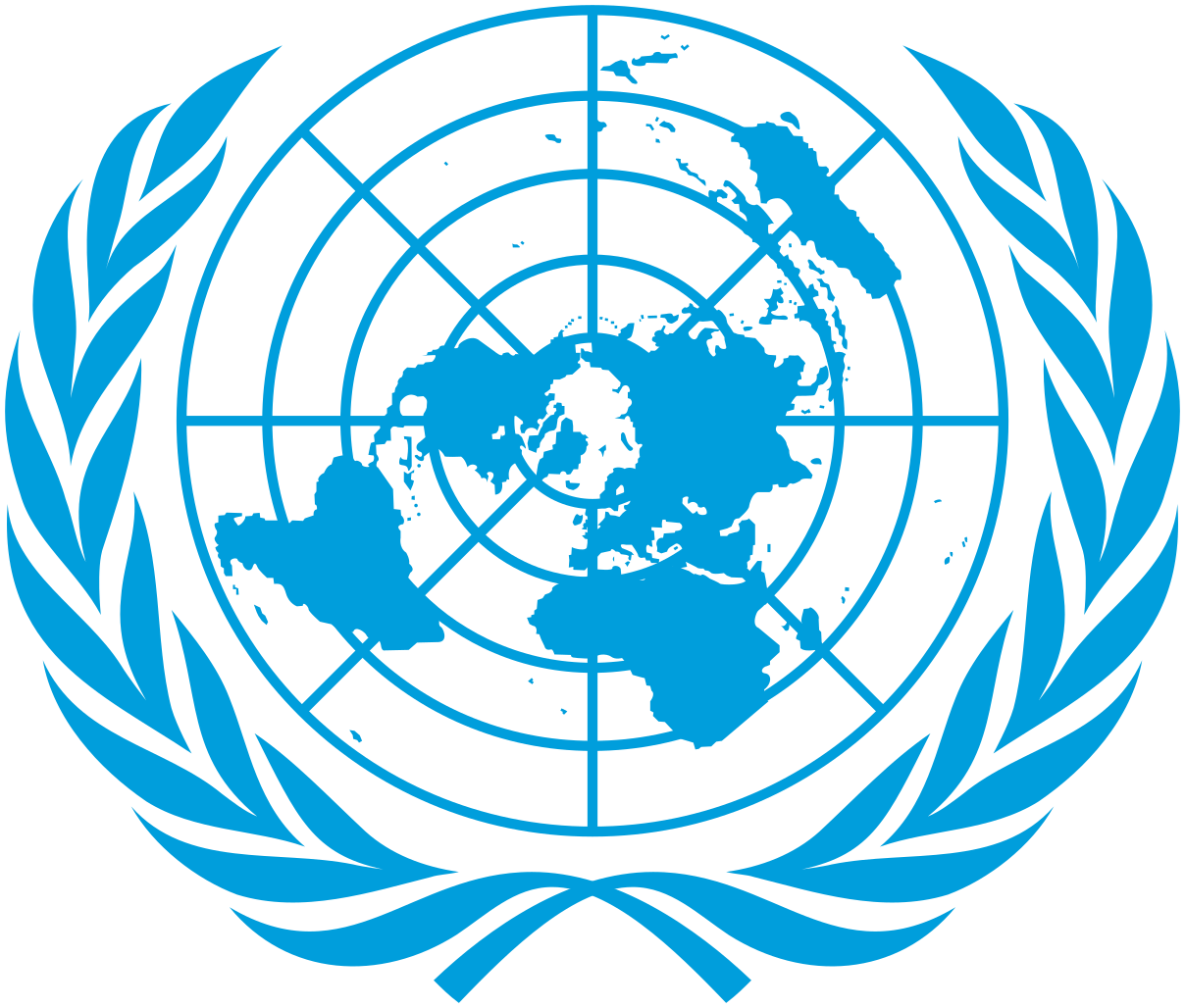
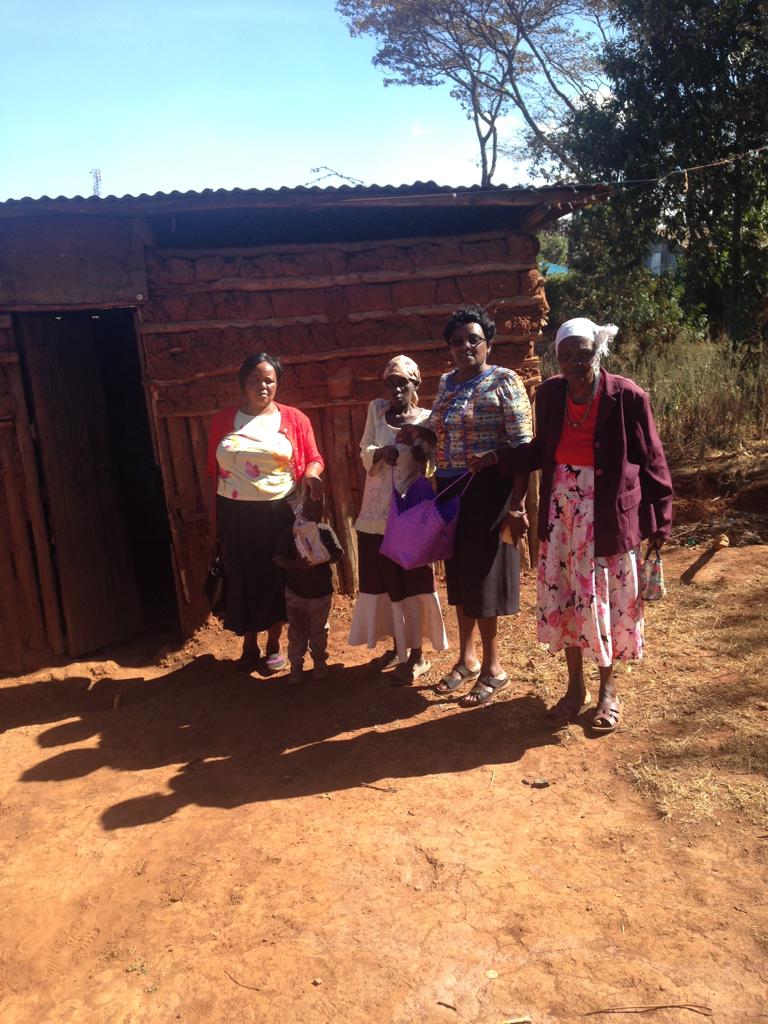
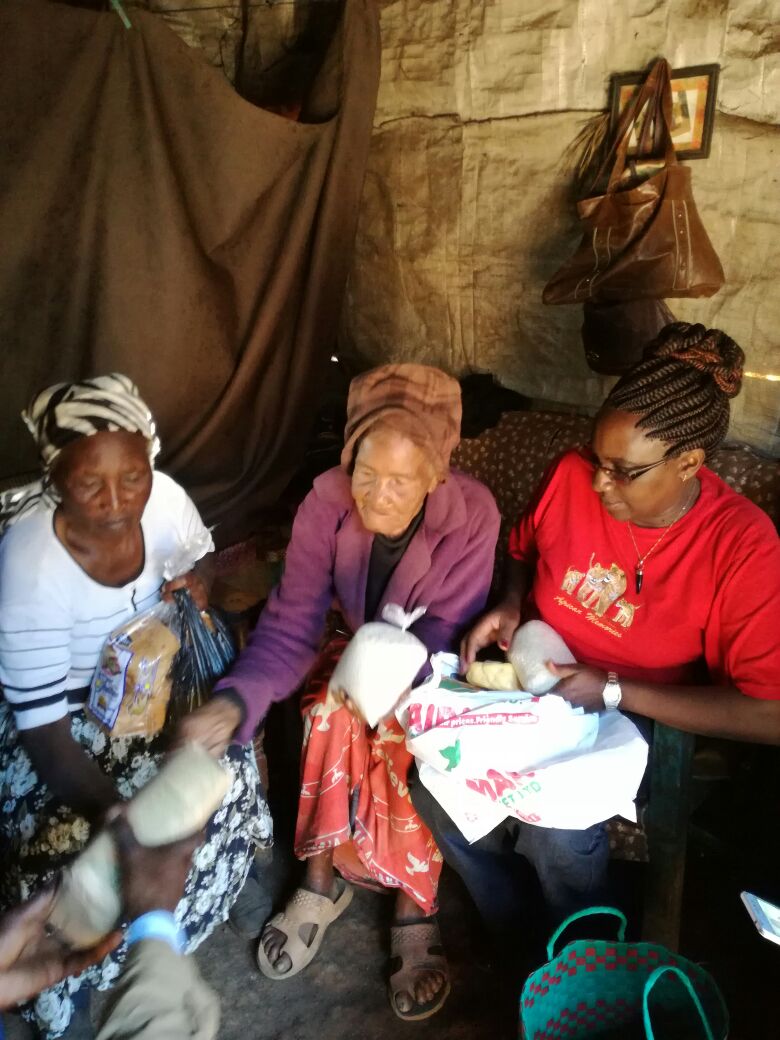
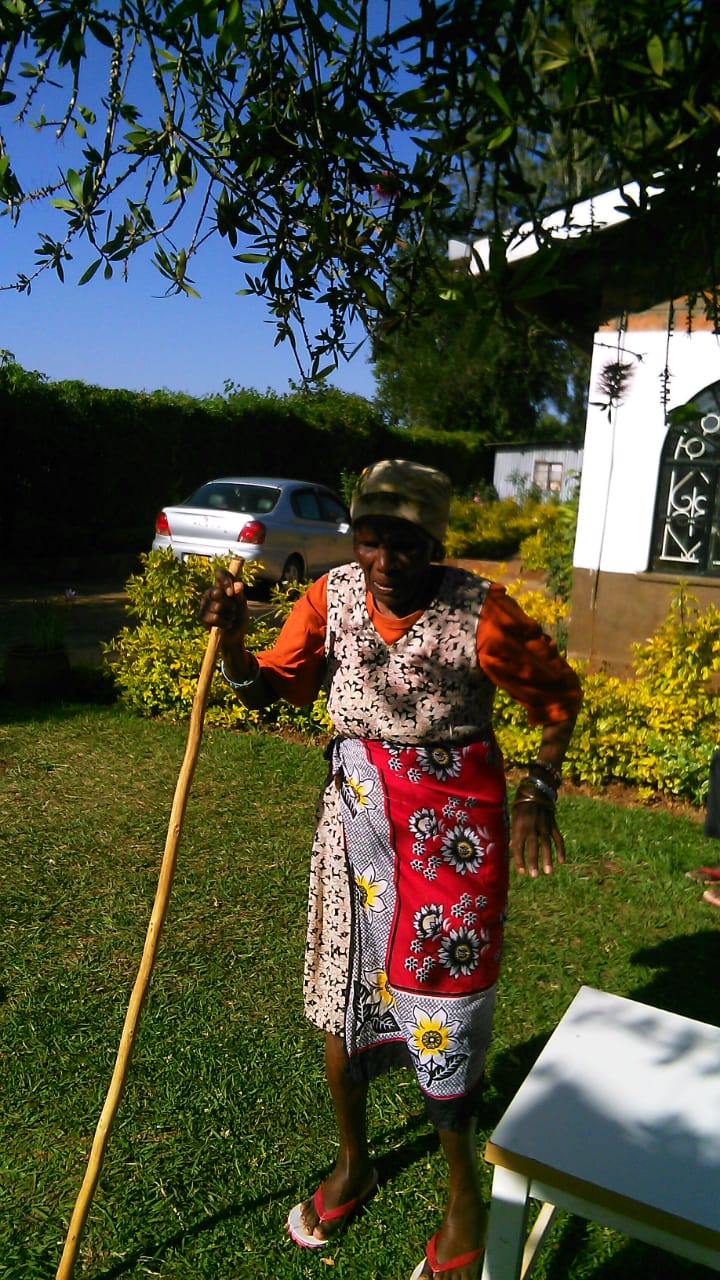
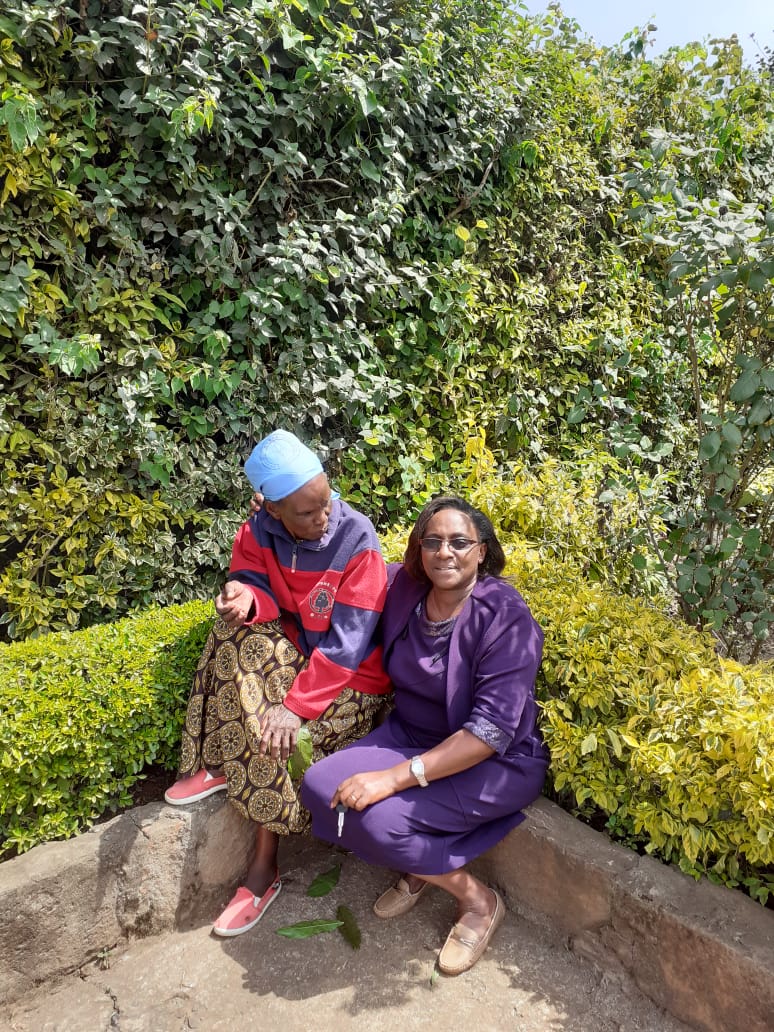
 Centre
Centre